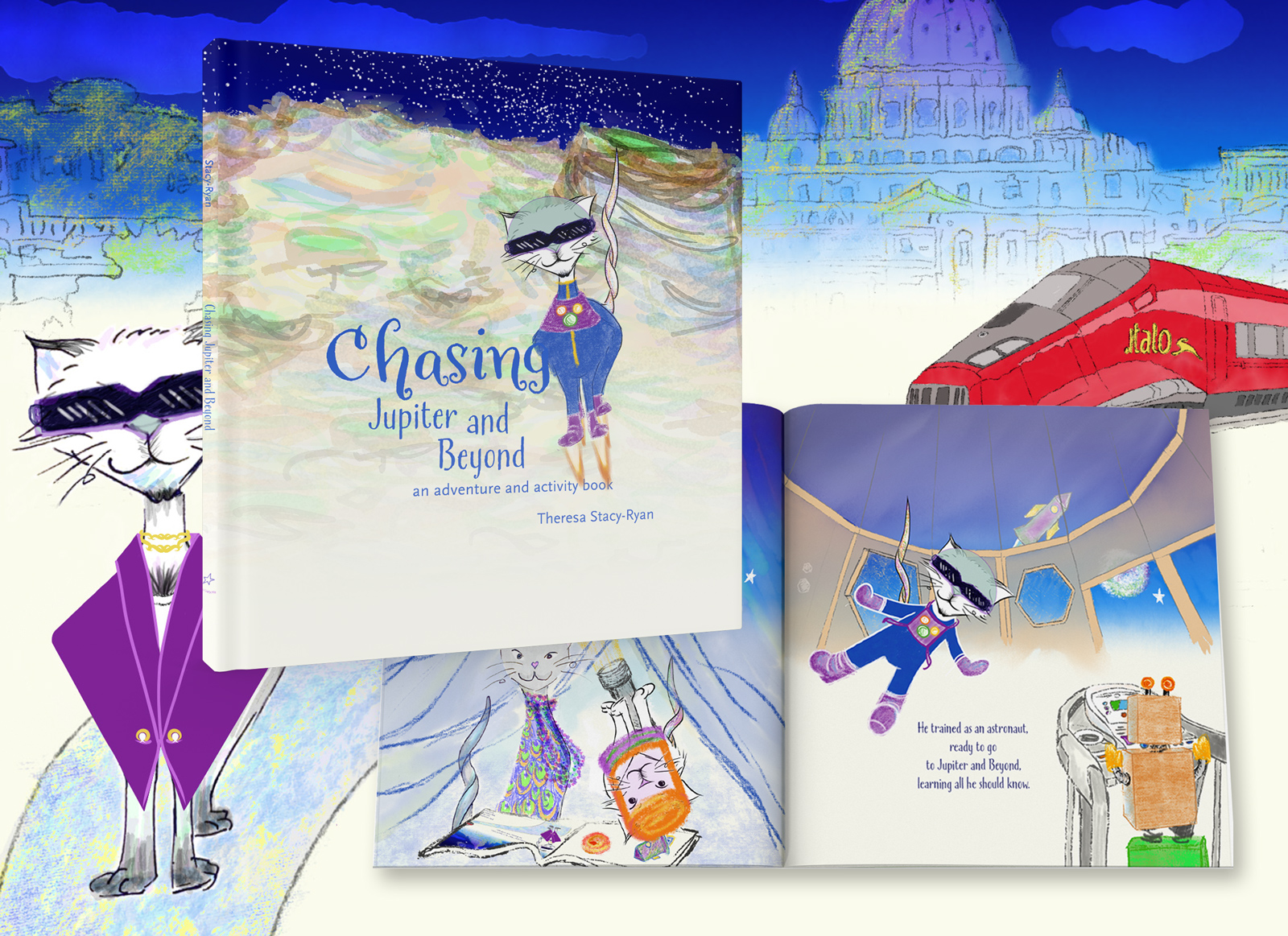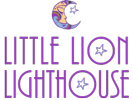Let’s Play and Learn
Chasing Jupiter and Beyond
Ciao Ciao wanted to see,
he wanted to know,
Are there aliens out there?
Off to Jupiter he’d go!

Learn about the Planets in Our Solar System
Let’s start with a Game
More to Know
To be called a planet, a planet must do three things: it must orbit a star, it must be big enough to have enough gravity to force a spherical shape, and it must be big enough that its gravity cleared away any objects of a similar size near its orbit. – NASA Space Place
The current count orbiting our star: eight – Pluto is considered a dwarf planet.
There are more planets than stars in our galaxy, the Milky Way. Thousands of planets have been discovered beyond our solar system. Scientists call them exoplanets (exo means “from outside”). – NASA Science
How about a Memory Card Game to see if you can match the name to the Planet? There are two sets of 4.
A Few Fun Facts about Our Planets
- Jupiter has the biggest ocean of any planet.
- Jupiter’s moon ‘Io’ has towering volcanic eruptions.
- Jupiter is a great comet catcher.
- Mercury is hot, but not too hot for ice.
- Venus doesn’t have any moons, and we aren’t
sure why. - Mars had a thicker atmosphere in the past.
- No one knows how old Saturn’s rings are.
- Uranus is more stormy than we thought.
- Neptune has supersonic winds.
- You can see Earth’s magnetic field at work during light shows. Remember the Aurora Australis in Chasing the Moon and the Morning Star?
- There is the Aurora Borealis as well!
- Uranus is tilted on its side.
- Mars has the biggest volcano that we know of.
- Mars also has the longest valley.
- Venus has super-powerful winds.
- There is water ice everywhere (all over the solar system).
- Spacecraft have visited every planet.
- There could be life in the solar system, somewhere.
- Mercury is still shrinking.
- The hottest planet isn’t closest to the sun.
- Pluto is smaller in diameter than the U.S.
- The edge of the solar system is 1,000 times farther away than Pluto.
- Even really small bodies can have moons.
- We live inside the sun.

